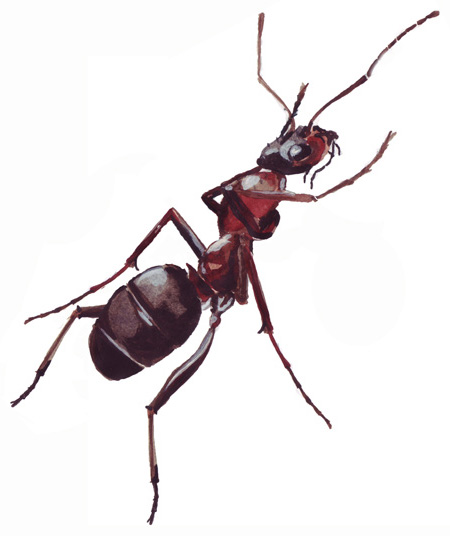


a geological tour of the islands
the story of Scilly's 'St Martins Ant'
the Scilly Shrew puzzle

And external links to
identification keys
species lists
submitting wildlife records
reporting whale and dolphin strandings
citizen science projects
Overview
The group of Islands we see today began as a massive mound of molten rock that rose up under the edge of the Old Red Sandstone continent 290 million years ago. Much has changed since then! Most of the geological features in Scilly are either associated with the granite bedrock or with much more recent events in the Ice Ages and some of these geological features are the best examples of their kind in Europe!
As the geography changed over the millennia, so did the flora and fauna. Towards the end of the last Ice Age, rising sea levels cut the Scillonian land mass off from Britain and continental Europe. Some species were unable to interbreed with the European populations so they changed gradually, giving rise to 'endemic' plants and animals unique to the islands.
Although the current landmass of Scilly is tiny, the islands offer a wide range of habitats which provide food and shelter for a rich mixture of native, endemic, introduced, migrant and vagrant species.
Events shaping the geology of Scilly
Origins of the granite bedrock
Intrusions and minerals
Glacial deposits
Geological tour
What makes Scilly special for wildlife
Rare and unusual animals and plants
Life cycles and migration patterns
Timeline of arrivals and introductions
Copyright © 2016 Creative Commons